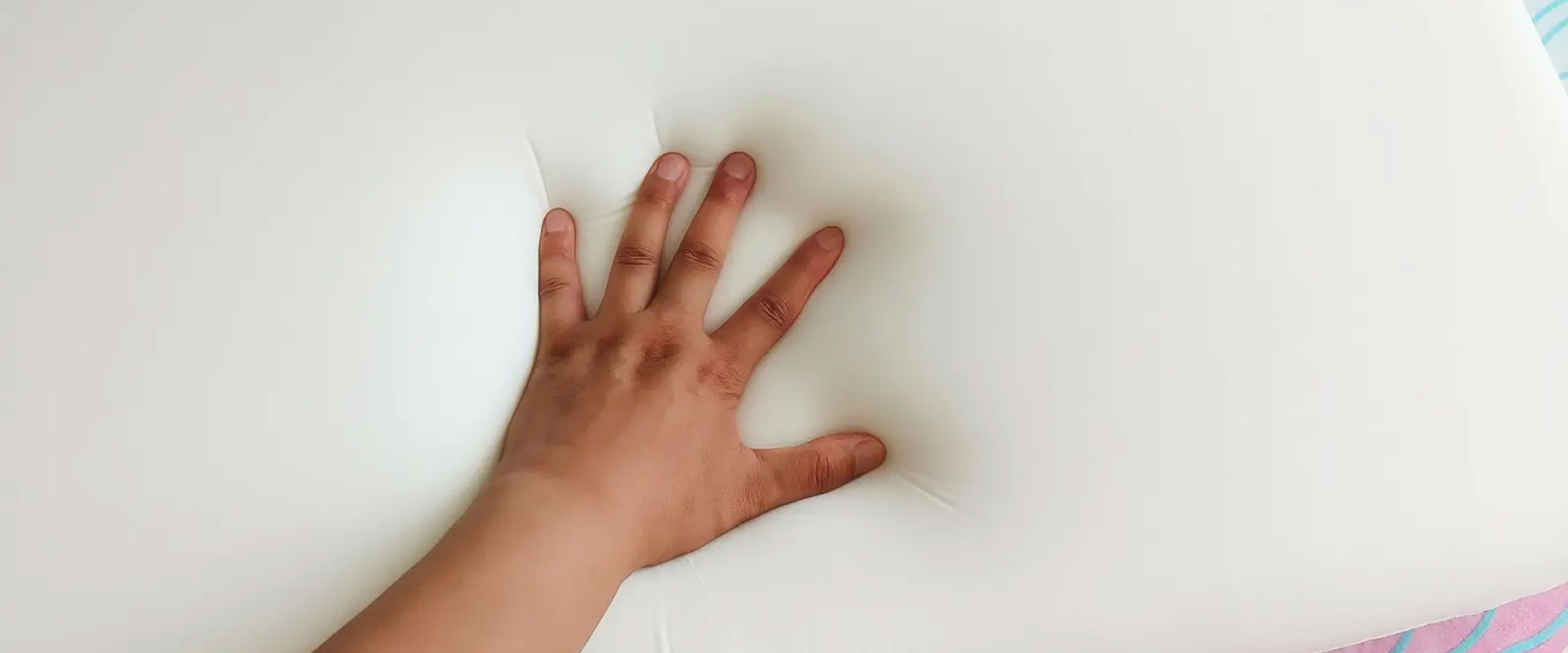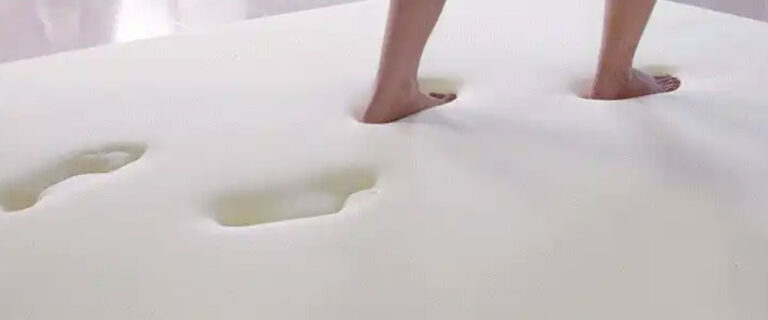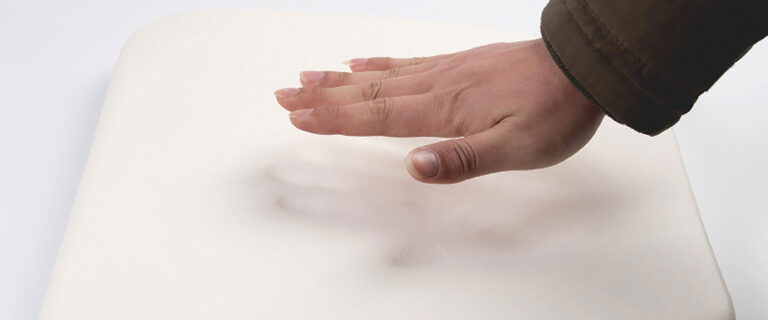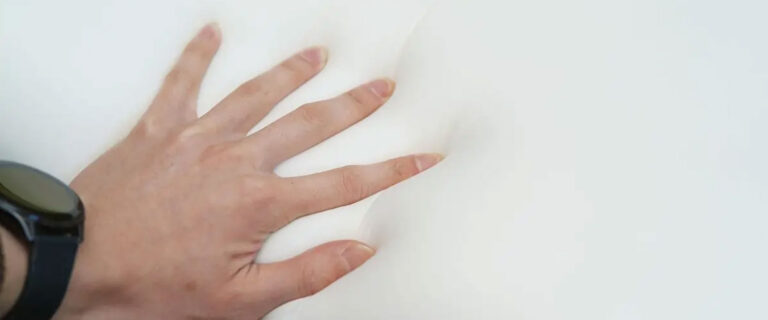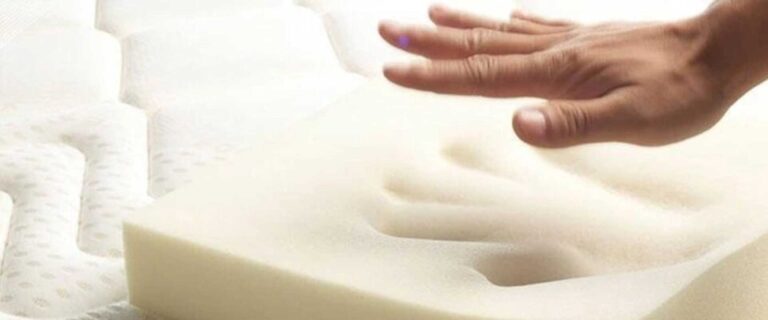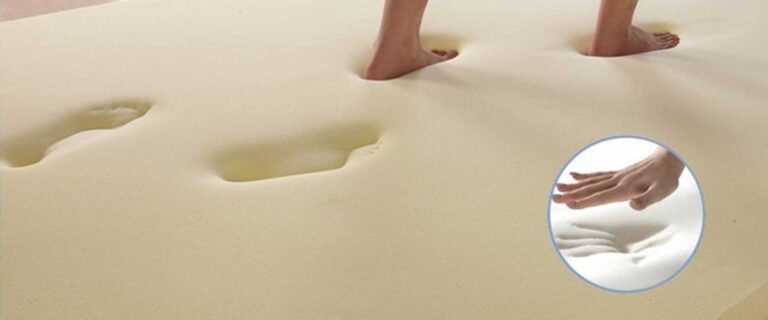What Is Memory Foam?
Origins & Composition
Memory foam was originally developed for aerospace seating by NASA, later adapted into consumer products for its unique viscoelastic behavior. It’s a low-resilience polyurethane infused with additives that increase viscosity, enabling the foam to slowly conform to pressure and temperature before gradually returning to shape.
Key Material Properties
- Open-Cell Structure: Allows air movement for breathability.
- Slow-Recovery (Viscoelasticity): Provides customized support by distributing pressure evenly.
- Density Range: 50–90 kg/m³ (3.1–5.6 lb/ft³), balancing durability and cushioning.
- Hardness (Asker F): 70–90 ILD, offering a medium-soft feel with reliable support.
Benefits of Memory Foam Insoles
Personalized Cushioning
Memory foam molds precisely to each foot’s contours, reducing pressure points and enhancing comfort during prolonged wear.
Impact & Vibration Damping
The foam’s slow-rebound nature dissipates energy, absorbing up to 90% of shocks, which helps protect joints and alleviate foot pain.
Pressure Relief
By evenly distributing weight, memory foam insoles can reduce symptoms of plantar fasciitis, metatarsalgia, and general foot fatigue.
Thermal Sensitivity
Memory foam softens with heat, adapting to warmer areas of the foot to maintain a consistent fit and comfort level.
Durability & Shape Retention
High-quality memory foam retains over 95% of its original thickness after repeated use, ensuring long-lasting performance.
Technical Specifications
Ordering & Logistics
- MOQ: 22.4 m³ (40 m × 1.4 m × 0.4 m roll; custom cuts available)
- Shipping Term: FOB Xiamen Port (Incoterms 2020) – domestic logistics handled by Yongjiu; buyer arranges international freight.
- Payment (Large Orders): 30 % deposit via T/T; 70 % due against Bill of Lading; bank details in proforma invoice.
- Payment (Small Orders): 100 % T/T or cash upon order confirmation.
- Lead Time:
- Standard: 5–7 business days (regular materials & sizes)
- Custom: 7–10 business days (special raw materials)
- (Lead times count from final sample approval & deposit receipt.)
Care & Maintenance
Cleaning: Machine-wash on gentle cycle; air-dry only to protect foam integrity.
Rotation: Swap between two sets of insoles every few days to allow full recovery.
Inspection: Replace if thickness loss exceeds 10% or if surface cracking appears.
Yongjiu Memory Foam combines precision viscoelastic engineering with flexible logistics to meet the needs of global B2B customers. With customizable densities, hardness, and recycled content options, plus clear FOB Xiamen shipping, T/T payment terms, and 5–10 day lead times, it’s an ideal choice for brands seeking premium insole comfort and efficient supply chain solutions.

